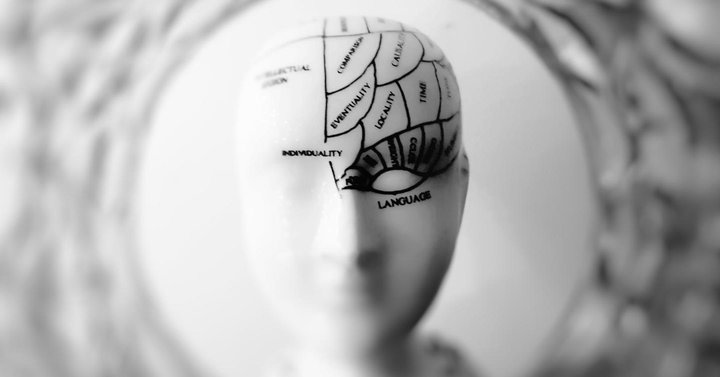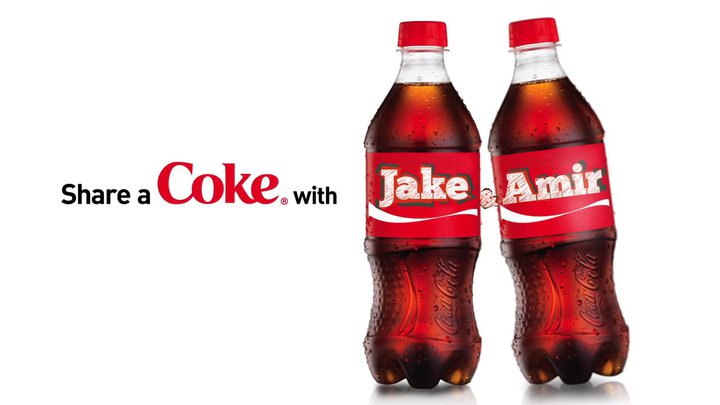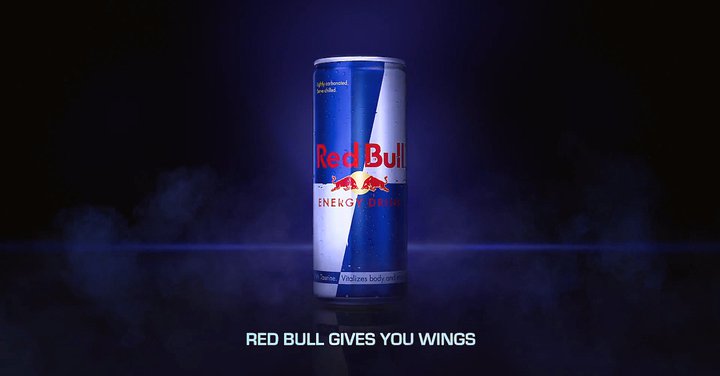How Brands Seduce The Consumers Subconscious Mind

Consumers like to feel as though they are making their own informed decisions when it comes to what they choose to spend their money on.
People often justify what they buy by saying it was the “best price”, or it has the “best features”.
But our brains aren’t always making an entirely conscious choice - in fact, research has shown that consumer behavior is in fact driven by subtle unconscious influences.
And it all comes down to branding.
What is brand perception?
Many people believe a brand is simply a logo, a typeface or maybe even the language used in copywriting - but it goes much deeper than that.
Marketing expert and author Allan Dibb describes a brand as the “personality of the business” while the late brand strategist Thomas Gad argued that it’s the DNA of the company and therefore the most important element.
Every company has a brand as consumers we’ll have a perception of that brand. In fact, as adults we’ve already amassed an enormous library of brand perceptions.
Brand perceptions are developed over time through a lifetime of experiences with the company. This could be from a number of different means, for example through direct usage and interactions in store, or indirect experiences such as recommendations from friends and exposure to advertising.

Let’s look at Coca-Cola as an example: The drinks company has had its fair share of criticism over the years, from health to environmental concerns, so in 2013, in an attempt to boost sales and drive positive uplift in brand perception, it launched a massive campaign called ‘Share a Coke’.
It involved putting 250 of the country’s most popular names on their bottles and encouraging customers to find a personalised bottle and share it with friends and family using the hashtag #shareacoke.
The campaign generated great success for Coca-Cola, especially in the UK where the government’s brand index measure saw a “statistically significant” jump in positive perception, according to Marketing Week.
The campaign also sparked a huge response on social media, with 53% of conversations on Twitter during the campaign showing positive sentiment, compared with 25% negative and 21% neutral.
How do brands affect the subconscious brain?
Brands become embedded in the mind of the consumer and help them make sense of the variety of products and services they’re exposed to on a daily basis.
The human brain is always looking for a way to take a shortcut to avoid deep, deliberate thinking, so brands provide attractive options for making product decisions when faced with a choice.
As we mentioned earlier, brand perceptions develop over time and through experience. One of those experiences is derived through one’s brand memories (Genco, Pohlmann and Steidel 2013).
Some brand memories are explicit and accessible, so they can be easily recalled when a consumer thinks of a brand, while others are implicit and inaccessible, i.e. these memories influence the customer’s behaviour - even though they aren’t aware of their influence or existence.
Memories, both explicit and implicit, are highly networked. Let’s take Coca-Cola again - someone may associate the brand (a semantic memory) with memories of drinking an ice-cold bottle on a summer’s day as a child (an episodic memory). These associations are formed, strengthened or weakened in memory every time that consumer experiences the brand.
Brands with memorable names and positive, strong brand associations have what’s known as brand equity. Economic evidence has shown that this leads to additional sales and better margins.
From a perspective of neuromarketing, a brand is a concept stored in memory within a network of associations. The brand can be seen as a branch of the network, which is then interlinked with other branches to make up the brand associations.

To explain that, let’s take Red Bull as an example. The core concept is that it’s a caffeinated drink consumed with the purpose of boosting energy. This idea is associated through memories such as the taste and preferred drinking locations. But the brand has also built broader connections in the consumer’s mind, such as its sponsorship of extreme sports and tag line: “Gives You Wings”.
These associations make it possible to activate the brand memory indirectly. For example, a consumer could be viewing a program on extreme sports and may non-consciously link it to Red Bull.
But brand memories can weaken over time so from a marketing perspective they need to be updated to make sure the consumer doesn’t forget the brand.
This can be achieved in two ways:
- Through direct experience with the brand, i.e. drinking a Red Bull
- By exposure to brand messaging, i.e. viewing advertisements or talking about the brand with friends
Surprisingly, research has shown that direct experience isn’t actually the most powerful source of updating brand memories.
In fact, experiences and exposures to marketing and advertising create and update the consumer’s expectations about the brand.
To put this into context, we can take a look at the way the human brain perceives adverts. According to Robert George Heath, Associate Professor of Advertising Theory at the University of Bath, our brains have a primitive defense mechanism called the limbic system.
The system is permanently alert, perceiving stimuli and assigning meanings to them - and works regardless of whether we are paying attention. It also processes information at a far greater speed than our thoughts and is the part of the brain that deals with the emotional stimulus.

Heath says that when a consumer sees a brand’s ad, they make an instant judgment of its emotional value and store it subconsciously as a marker for the future.
If the emotional value is positive, consumers are subconsciously “conditioned” to invest in the brand on that basis. So, when it comes to making a decision involving the brand, Heath says consumers find themselves “seduced” in favor of it and will typically make a purchase - without ever really knowing that was why.
Dr Heath says that companies that tap into this style of advertising have seen huge business success. That’s because consumers don’t see emotive or creative adverts as a threat.
He adds: “Because they are not a threat, we don’t feel the need to pay attention, and because emotion operates subconsciously, paying less attention actually makes the ad even more effective.”
Some big brands have done this well, but one of the most highly regarded examples is probably Cadbury’s famous gorilla advert. It had absolutely no message and didn’t even show the product yet drove up sales by more than 10% - all thanks to an ape playing the drums!
How do new brands build success?
It’s a pretty saturated market out there, so a new brand must stand out if it’s going to create a unique concept in the consumer’s mind.
A new brand should be seen as novel rather than familiar, but not too original or it could trigger emotional resistance. Tricky, huh?
To be clear, the concept should be presented as being different enough to capture attention but also link to positive emotional reactions. This can be achieved by showing how the product or service can address consumers’ goals and needs more effectively than competitors.
It can be a time-consuming and expensive process - but try not to cut corners. It may work to copy a competing brand in the short-term but the majority of new brands (around 80%) don’t succeed unless they find a distinctive concept in the consumer’s mind.
To be successful in terms of marketing, brands should be aiming to move from novelty to familiarity and eventually to an established habit.
Those that achieve that level of success are consistent and satisfy associated established expectations, which gave been built up over time and through experiences.
Brand consistency can be achieved by sticking with the same logo, colors and typography throughout all aspects of your business - from your website to the packaging and even documents like your invoices, quotes or delivery notes.
We go into more detail on how to build a brand and discuss the importance of consistency a little more in our How To Build A Brand - 8 Simple Steps To Success article.
If you want to know more about branding, our Shopify Guidebook 10 Branding Secrets for Online Stores discusses in detail how to master brand consistency through product packaging, content marketing, pricing, amongst other topics.
Professional invoices for Shopify stores
Let Sufio automatically create and send beautiful invoices for every order in your store.
Install Sufio - Automatic Invoices from the Shopify App Store